| |
|
|
| |
Mira Mar Veterinary Hospital
|
|
| |
|
|
| |
|
|
| |
|
|
|
|

|
| |
HAPPY NEW YEAR FROM MIRA MAR VETS!
|
|
| |
|
|
| |
Here's to a 'pawsome' 2024 filled with happiness, fun times and of course pets! We thank you for trusting us in 2023, and look forward to taking care of your furry friends throughout the year ahead.
This month's newsletter has articles on how to make the most out of your visit to the vet clinic. We hope you find it useful! |
|
|
|

|
| |
Last Puppy Preschool for 2023!
|
|
| |
|
|
| |
Our last Puppy Preschool class for the year graduated at the end of December, and what a bunch of cuties! |
|
| |
|
|
| |
CALL NOW
|
|
|
|
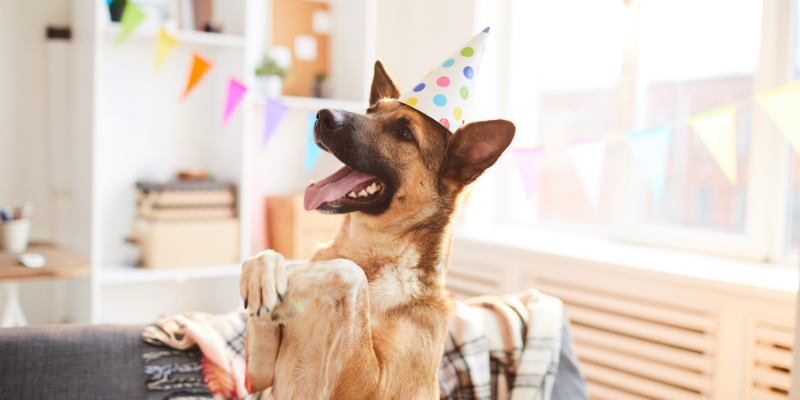
|
| |
'Straya Day safety
|
|
| |
|
|
| |
Are you planning to host a barbeque this January? If so, we recommend checking out these pet-related safety reminders. Feed your pet the wrong food; their well-being could be at 'steak'. (Yes, when it comes to making BBQ puns, we are silly sausages!)
Here's how to ensure that your inquisitive dog or cat stays safe at your next event:
Lean meats only
While offering your dog a juicy sausage or rissole is tempting, you must resist the urge. Avoid feeding your pets fatty meals as they can trigger pancreatitis (pancreas inflammation) in some pets.
Pancreatitis causes symptoms such as belly pain, vomiting, diarrhoea, and dehydration and usually requires veterinary treatment. For moderate to severe cases, this can necessitate several days of hospitalisation for intravenous fluids, anti-nausea medications and pain relief.
For this reason, you should also dispose of fatty drippings in an area your pet can't access.
No kebab skewers
Whilst we all like to think that our pet is shrewd enough to neatly nibble the meat of a kebab skewer and leave the stick, this is unfortunately not always the case (we're looking at you, labradors!)
More than a few pets have required emergency surgery to retrieve swallowed kebab skewers and repair the associated damage to their insides. Things can become even more severe (and expensive) if the sharp stick penetrates the oesophagus or gut and migrates through other parts of the body!
No cooked bones
Cooked bones become brittle and are much more likely to fragment into sharp shards when chewed. If swallowed, these sharp pieces can cause painful injuries to your pet's mouth or throat.
Large volumes of bone can also bank up in the large bowel, causing significant constipation that requires treatment under anaesthesia to relieve.
No cooked onions
Consuming as little as 5-15g of onion can cause severe symptoms of toxicity in pets.
It's best to ensure cooked onions (and any meals containing onions) are kept well out of canine or feline reach.
Contact our veterinary team with any other questions or concerns about pet safety throughout the summer. We're always happy to have a barbe-"Q-&-A" with you! |
|
|
|
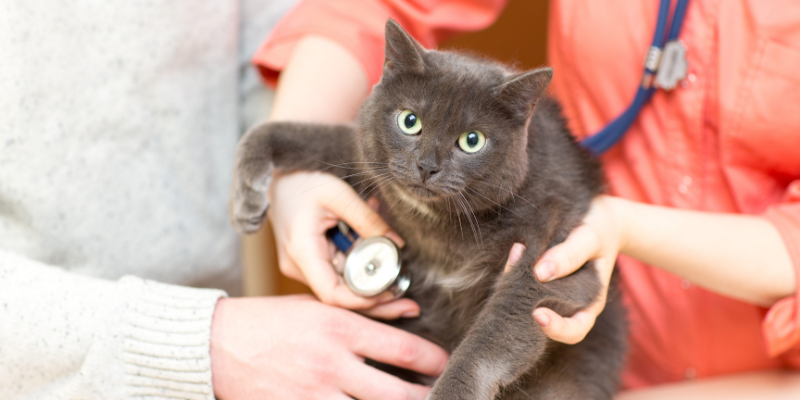
|
| |
How to get more value out of veterinary visits
|
|
| |
|
|
| |
We understand visiting the vet can sometimes be a hassle, so we want our appointments to be as efficient and fruitful as possible. We want to show you how to prepare and communicate to ensure every appointment allows us to examine thoroughly and catch issues early before they become big problems, ultimately saving you money, time, and stress while keeping your pet safe and healthy.
Preparation and communication are essential, so here is our list of 'do's and 'please do not's during routine veterinary visits to help you get the best value from your pet's next veterinary visit:
Do: Bring relevant samples
If your pet is unwell, bringing appropriate samples for testing can help us make a more rapid diagnosis. A poo sample obtained within the last 12-24 hours (and kept refrigerated) can be helpful if your pet is suffering from diarrhoea, whilst a urine sample (obtained on the morning of the appointment and kept in a cool spot but NOT refrigerated) is helpful for pets showing urination or drinking changes, or as part of a general health check.
Do: Know your pet's relevant history
Whether your pet's appointment is routine or for sickness, it's best if they're accompanied by someone who knows their history. This includes your pet's recent eating, drinking and toileting habits, their parasite control routines, any known health issues, and any medications they may be on. This information will help us to make the most relevant treatment recommendations for your pet.
Do: Let us know if your pet may be an unwilling patient
When a pet shows anxious or aggressive behaviours, we may need to take reasonable precautions (with your permission) to allow us to work with them safely. Reasonable precautions may include:
- Temporary anti-anxiety medications.
- Sedatives.
- Humane safety devices like muzzles.
Minimising stress and discomfort to your pet whilst ensuring everyone's safety is always our primary goal.
Please do not: Surprise us with multiple concerns without prior notice
We want to help with every health concern you have about your pet. However, a standard appointment is optimal for thoroughly discussing one issue. When someone books a standard appointment but tries to cram as many concerns as possible into the session, we don't have enough time to address everything adequately. To properly investigate each issue, we may require you to book a second appointment, which is often frustrating for owners!
So, what should you do if you have multiple concerns about your pet's health? If you need to discuss more than one issue, mention this when booking so we can allocate a longer session time for you and your pet - save yourself having to come back twice. Too easy! |
|
|
|
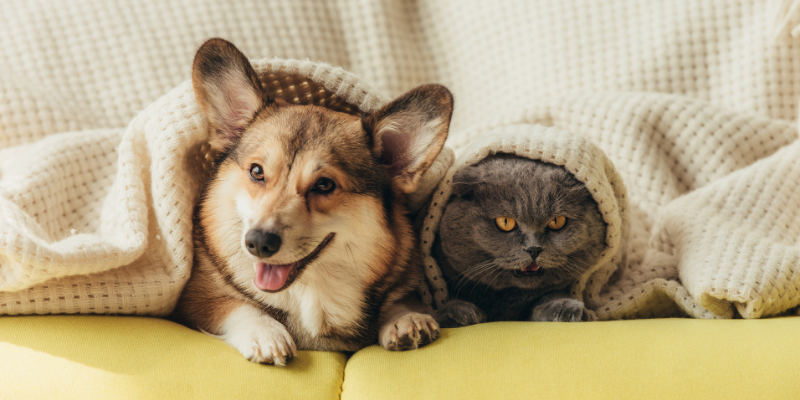
|
| |
Keeping it real at reception
|
|
| |
|
|
| |
The reception team are the first friendly faces (or voices) you'll encounter when you enter or phone our veterinary clinic. They're an essential part of our team, and they do fantastic work!
Here are some ways our reception team members support our animal patients and their owners:
Friendly greetings
When you first enter the clinic, expect a greeting from one of our smiling faces behind the counter. If your pet is willing, we welcome them with a pat and a few treats!
Whilst pets aren't always so keen on their medical treatments, they're usually happy to kiss up to the friendly support staff out the front, who are all too willing to return the love!
Accurate advice
Veterinary receptionists and nurses are well-versed in over-the-counter pet products (such as parasite control treatments and medicated washes). Our veterinary nurses and receptionists can also advise on correct usage, which helps to ensure that any over-the-counter medicine used on your pet will be as safe and effective as possible.
Regarding more complex pre-existing medical issues in your pet or concerns and questions related to product use, our reception staff are also happy to follow up on the enquiry with our veterinary team.
Performing initial triage
When a pet is unwell or injured, our receptionists often gauge the pet's overall condition (either over the phone or in the clinic waiting area) to decide on the urgency of treatment required – a process known as triage. Triage helps ensure that severely affected pets get the urgent care they require, like in a human emergency care department.
Giving TLC
Our staff understand how distressing and upsetting it can be to see your pet unwell or in pain.
That's why our receptionists are also wonderful at offering kind, empathetic support during difficult situations, whether it be simple reassurance, a cup of tea, or even a hug to those we know well.
Good reception? We've got it! |
|
|
|
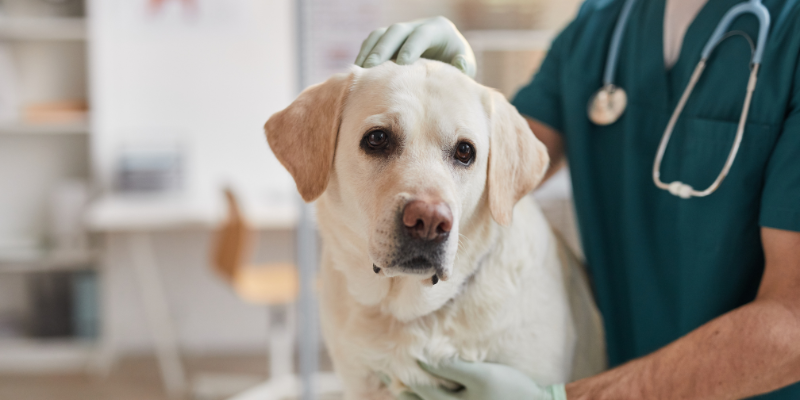
|
| |
3 unglamorous tasks your vet does, so you don’t have to!
|
|
| |
|
|
| |
This month, we’d love to celebrate some of the less glamorous but still essential jobs our vets do to help keep patients comfortable and well.
Here are our team’s top 3 “icky but important” veterinary tasks:
Anal sac expression
The anal sacs (also called anal glands) are two scent gland-lined pouches located internally on either side of the anus of dogs and cats.
Whilst anal sac fluid usually drains via small ducts when the animal passes a bowel motion, the sacs can sometimes get blocked. They may become swollen, uncomfortable, and even infected when this happens.
If your pet has anal sac problems, they may show symptoms such as swelling right near their anus, or they may scoot their bottom along the floor.
Our vets address anal sac problems through manual anal sac expression or (in more severe cases) using sedation or anaesthesia for surgical drainage.
Clipping and cleaning hot spots
Hot spots are localised areas of skin inflammation that can rapidly become oozy, infected, and painful. Pets with thick coats are more likely to develop hot spots like those with underlying skin or ear allergies.
Hot spots are best treated by clipping the surrounding fur so our vets can gently clean the irritated area of any discharge. Our vets then dry the area and treat it with topical medications (or oral medications for more severe cases).
Smelling your pet’s ears
Veterinary staff are (fortunately/unfortunately?) familiar with the unique bouquet of skin and ear infections. As a result, as part of a general health check of your pet, we may smell their ears to check for suspiciously funky smells that suggest a problem.
They may be considered yucky jobs, but when it comes to helping a pet in need, our dedicated vets are prepared to go there! |
|
|
|
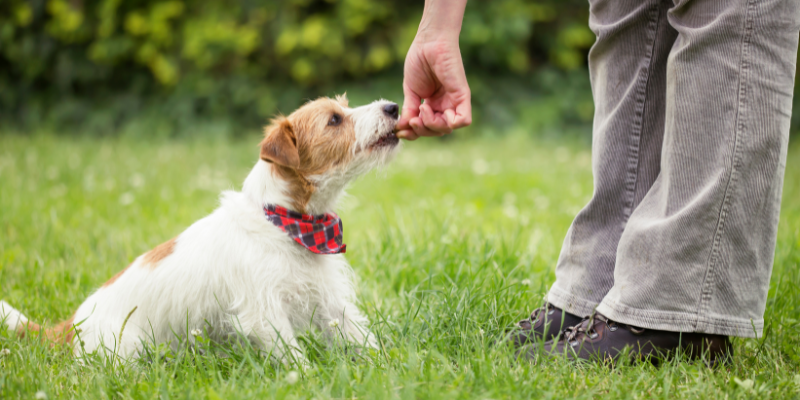
|
| |
Maximising your pet’s potential
|
|
| |
|
|
| |
Whilst many pets will bounce happily through the clinic doors for each visit, others may feel neutral or anxious about anticipated veterinary treatments.
A pet’s resilience to unfamiliar or challenging situations will be governed by their natural genetics (with some pets being more prone to anxiety), early socialisation, and ongoing experiences.
Whilst you can’t change your pet’s genetics, you can maximise their ability to cope well through good socialisation, training, and ongoing behavioural support.
Socialisation
The most sensitive socialisation period (where pets are most open to learning about new people, animals, and environments) is roughly 3-16 weeks old in puppies and 3-9 weeks in kittens. When a pet receives a variety of positive experiences in this period, they are more likely to be confident and friendly as an adult and adapt quickly to unfamiliar situations.
Consult our team regarding the safest ways to socialise your pet before they have completed their puppy/kitten vaccination course.
Training
From a young age, try to practice “examining” your pet daily, whereby you check their teeth, open their mouth, handle their paws, lift their tail, etc., with frequent treats to reward calm behaviour. Examination practice will increase the likelihood that they are comfortable with general veterinary handling and procedures.
Happy visits
With many pets only being brought to the veterinary clinic for injections, desexing, or illnesses, it is no wonder they may begin to develop negative associations with the place!
Try to bring your pet for “happy visits”, where you get them in purely for them to receive treats and pats from our (very willing!) support staff. |
|
|
|
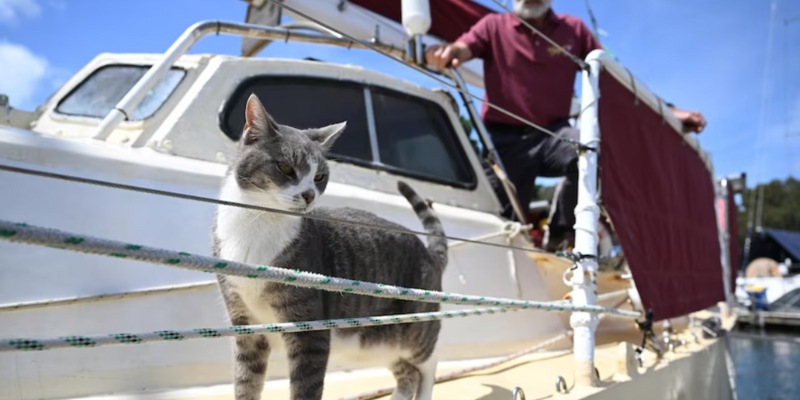
|
| |
Animal News In Brief
|
|
| |
|
|
| |
Oli the cat sets sail in the Sydney to Hobart Yacht Race
Oli, a feline sailor aboard Sylph VI, is poised to be a first in the Sydney to Hobart Yacht Race. His owner, Bob Williams, a retired navy officer, has always seen Oli as an essential part of the crew and his life at sea. “He's just part of the ship's crew. He's been with me for several years now,” Williams remarks. Oli, having been with Williams for about five years, has become well-adjusted to the maritime lifestyle, even overcoming seasickness. Despite his initial discomfort with rough weather, he finds solace in snug spots around the vessel. Sylph VI, a boat with a storied history in the race, will compete in the two-handed division. Williams, alongside his co-skipper Chris Warren, is not just excited for the race but is looking forward to sharing this adventure with Oli. Williams fondly notes, "He's fine, when I'm down in the bunk, he'll come and snuggle up. He's happy."
Click here to read more about Oli's adventure from ABC.
Photo credit: AAP: Dean Lewins
Henry and Daisy: Canine heroes in the fight against invasive Chinese violet
Henry, a three-year-old border collie, and Daisy, an 11-month-old cocker spaniel, are not your average dogs. Trained by Indago Environmental, they're on a mission to combat the invasive Chinese violet in the Hunter region. This weed, identifiable by its small purple flower, aggressively competes with native plants and crops, posing a serious ecological threat. Naiomi Finlayson, a conservation dog handler, has been instrumental in training them to detect this elusive plant. “We start somewhere he's very familiar with... and introduce Chinese violet to that space as a unique scent,” Finlayson explains. This training enables the dogs to detect the weed even in challenging environments, a task difficult for humans. Their extraordinary olfactory skills are crucial in comprehensive weed management, providing an innovative and effective approach to environmental conservation.
Click here to learn more about Henry and Daisy's mission from ABC.
Luna's unexpected adventure: Puppy rescued from tree
In a surprising twist of events, Brian Spies from El Dorado County, California, experienced every pet owner's nightmare when his 10-month-old puppy, Luna, went missing. His frantic search through the nearby forest, heightened by fears of predators, turned into a community effort as friends joined in. “I’m just driving down the road and look left. I’ll be darned," Luka Bogdanovich, a friend of Spies, recalls the moment he spotted Luna, "I see something in the tree, and I went, ‘Holy cow, that’s the dog.’” Using an extension ladder, Spies managed to safely rescue his adventurous puppy. Despite her high-altitude ordeal, Luna was unharmed, albeit a little tired. Reflecting on the rescue, Spies humorously advises, “If she ever gets lost again, we look up, because she can climb trees.”
Click here to read more about Luna's treetop rescue from The Dodo. |
|
|
|
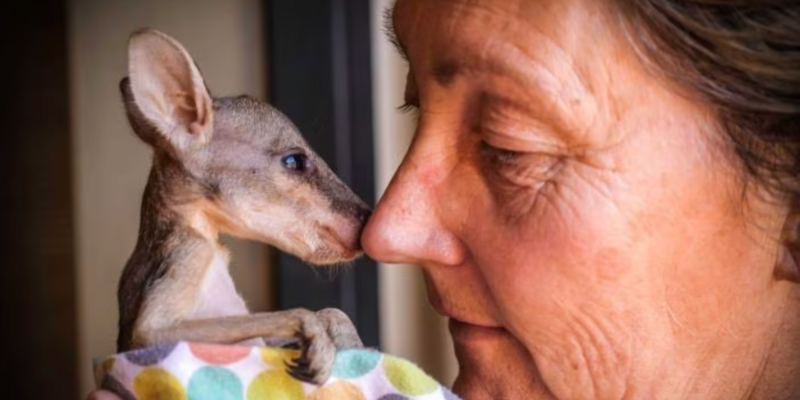
|
| |
In the heat of the moment: Kimberley wildlife struggles in severe heatwave
|
|
| |
|
|
| |
The recent heatwave in Western Australia's Kimberley region has had a devastating impact on local wildlife, with carers working tirelessly to mitigate the effects of the extreme temperatures. Heidi Sampey, a seasoned wildlife carer, has witnessed firsthand the challenges faced by animals during this period of prolonged, intense heat.
"Animals can cope with a hot day, but when it's continuous, it becomes unbearable," Sampey shared. The relentless heatwave has resulted in tragic incidents, including birds succumbing to heat exhaustion mid-flight. Sampey and her team are currently rehabilitating two birds, applying hydration and cooling techniques similar to those used in humans.
Meanwhile, wildlife carer Mandy Watson has embarked on a crucial mission: relocating about 840 kangaroos affected by the heat. With temperatures peaking at a scorching 45.4 degrees Celsius in Fitzroy Crossing, Watson's efforts are a race against time. She describes the kangaroos' struggle. "They are just licking their arms, that's how they cool down," she said, "They're all really suffering at the moment."
Wildlife ecologist Gráinne Cleary highlights the compounded stress on bird populations due to recent bushfires, dwindling water sources, and vanishing vegetation. She emphasises the urgent need for adaptation and calls on residents to provide water and shaded areas in their gardens to offer respite for the birds.
Click here to read the ABC's full story
Photo credit: ABC News: Rachel Carbonnel |
|
|
|
| |
This email contains comments of a general nature only and is not intended to be a substitute for professional veterinary advice. It should not be relied on as the basis for whether you do or don't do anything.
All content © PetPack 2023 |
|
|
|
[Footer]
|